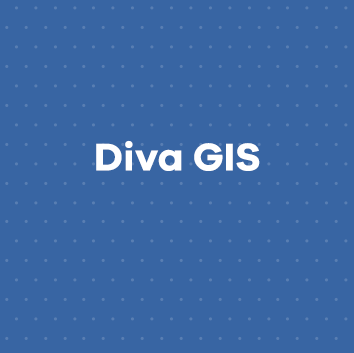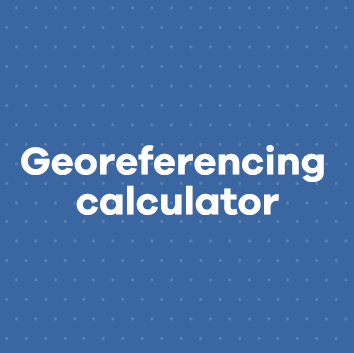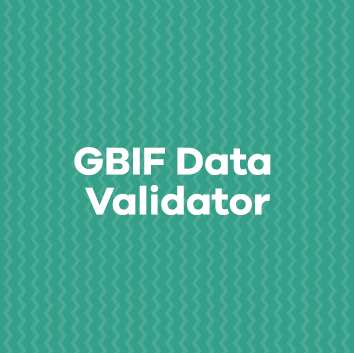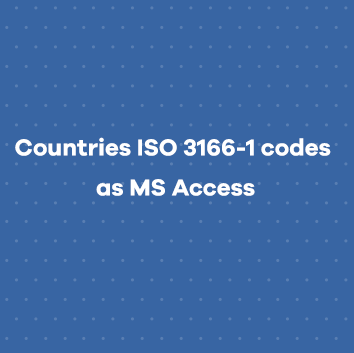
ECAT name parser
Se trata de un sencillo formulario HTML que utiliza el servicio web de ECAT "name parser" para la atomización de nombres científicos. Está basado en regex (analiza únicamente el formulario) e intenta extraer el nombre científico en 3 campos nuevos (género, especie y sub-especie).








